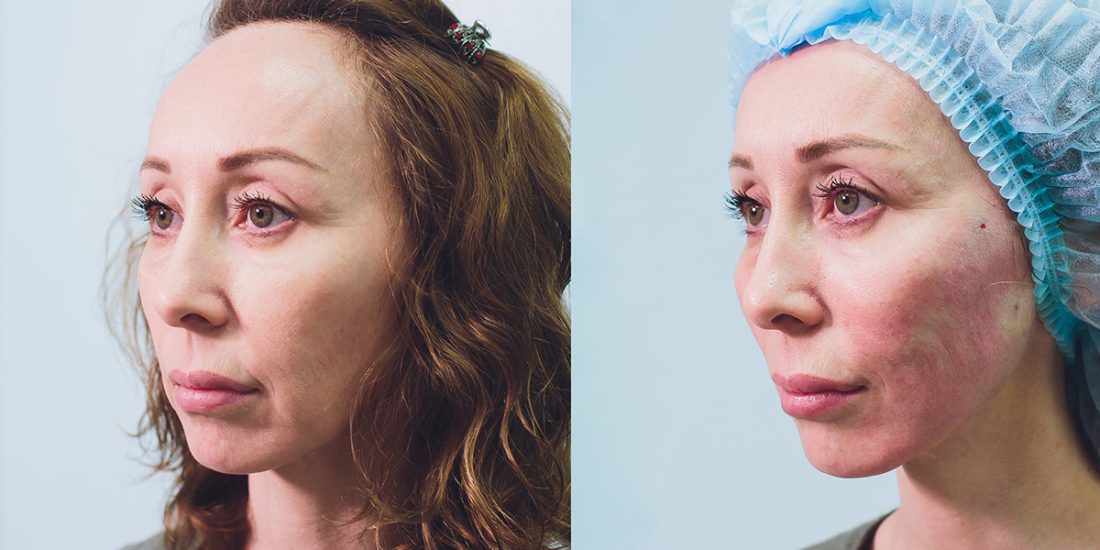PDO and PCL thread lifts are two different types of minimally invasive cosmetic procedures used to lift and tighten sagging skin.
PDO (Polydioxanone) Thread Lift:
- PDO threads are made of a biocompatible and absorbable synthetic material called Polydioxanone.
- PDO threads have been used for many years in surgical sutures and are well-known for their safety and efficacy.
- PDO thread lift involves the insertion of thin, dissolvable threads into the skin using a needle. The threads have small barbs or cones that anchor the skin and lift it upwards.
- PDO thread lift is effective in treating mild to moderate skin sagging, such as jowls, nasolabial folds, and drooping eyebrows.
- PDO threads are fully absorbed by the body within six months, leaving behind collagen and elastin fibers that help to maintain the lift.
PCL (Polycaprolactone) Thread Lift:
- PCL threads are made of a synthetic polymer called Polycaprolactone, which is biocompatible and biodegradable.
- PCL thread lift involves the insertion of thicker, stronger threads into the skin using a needle. The threads are sturdier than PDO threads and provide a more powerful lifting effect.
- PCL thread lift is effective in treating moderate to severe skin sagging, such as sagging cheeks, marionette lines, and neck wrinkles.
- PCL threads take longer to absorb than PDO threads, lasting up to 2 years, and stimulate the production of collagen and elastin for long-lasting results.
In summary, PDO and PCL thread lifts use different materials and have different strengths and effects, making them suitable for different degrees of skin sagging. A qualified and experienced cosmetic doctor can advise which thread lift procedure is best suited to your individual needs.
